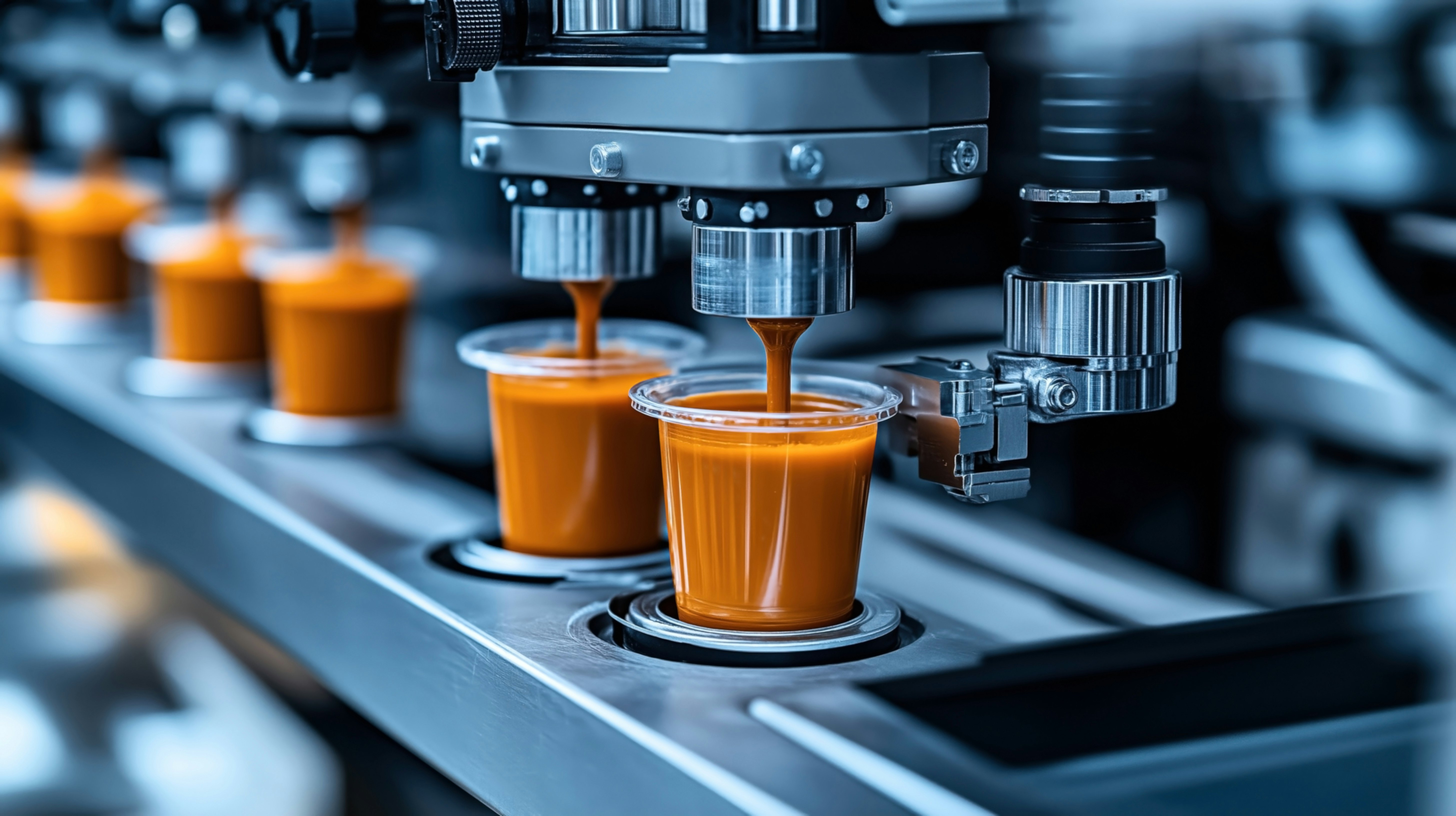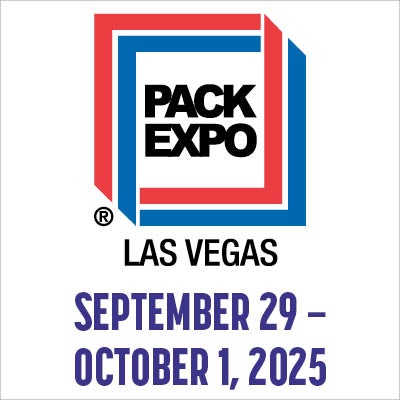Looking at the issues facing the beverage industry over the past couple years, carbon dioxide (CO2) has been a particularly thorny one. CO2 is the most commonly produced greenhouse gas, which means that the industries that produce it as a byproduct have been looking for ways to reduce its environmental impact. Meanwhile, CO2 is used in several aspects of our lives—it creates the fizz in many of our drinks, it works as a freezing or cleaning agent, and much more. So as one side of the coin works to make their operations more sustainable, the other side of the coin is having such a hard time getting their hands on the needed CO2 supply that they are sometimes forced to shut down operations.
“Most people just don’t realize how interwoven CO2 is into the daily fabric of our lives. It’s part of everything that we do. Literally, it touches food, it touches the medical profession, fabrication, welding—it’s really a ubiquitous substance,” says Bob Yeoman, manufacturing director for Spectrum Carbonics, speaking at the recent BevTech meeting in Orlando. “But now we’re learning that it’s probably damaging the environment. It’s a conundrum—we can’t do without it, but we’re not sure we can live with it, either.”
Where decades ago, the mention of CO2 might’ve conjured an image of a refreshing carbonated beverage with the effervescent bubbles coming off it, today that image is more likely replaced with the smokestacks of coal burning plants putting CO2 into the environment, Yeoman notes.
Government entities have had a tendency to mold their perspectives similarly, creating regulations that didn’t take into account the nuance involved. “Government is starting to understand that there are some necessary and beneficial uses for CO2. But early on, the drive to pass regulations and to take actions that would decarbonize the environment painted everything the same color,” Yeoman says. “There are some things that are just absolutely critical in today’s society [for CO2 use], and we have to continue to keep figuring out how to do that.”
How we got here
There is a whole laundry list of issues that have contributed in various ways to the CO2 shortage—energy pricing, COVID-19, shifting use for feedstock gas, aging infrastructure, investor uncertainties, driver availability (or lack thereof), decarbonization, and carbon credits.
“Almost 99% of all CO2 today comes from non-renewable energy production of some sort or uses a non-renewable energy to produce the CO2 that’s used to make the products that go into beverages and those types of things,” Yeoman says. “As energy prices go up, the suppliers either are forced to shut the plant down because they can’t afford to operate or the price goes up. Either way, the availability in the marketplace takes an impact.”
The COVID pandemic exacerbated this situation. With lockdowns, gasoline consumption dropped precipitously. “When that happened, we lost over 30% capacity for commercial CO2,” Yeoman says.
Decarbonization and carbon credits figure prominently in the tightening CO2 supply. Section 45Q of the U.S. Internal Revenue Code provides a tax credit for CO2 sequestration (capturing and storing the gas). “Right now, those decarbonization efforts are competing with the CO2 that gets sold into the beverage industry and all other applications,” Yeoman says. “The drive to decarbonize is going to impact the industry. I know a plant today that is producing feed gas, giving it to a gas supplier to purify and sell to the commercial market—they have announced that they will be ceasing that operation and they will be sequestering. So there’s a source of CO2 that’s going to disappear because they’re going to put it in the ground to get carbon credits. And I think we’re going to see more and more of that from additional sources as we go forward.”
CO2 as part of the solution
Interestingly, CO2 itself is being used in a number of ways for environmental solutions to CO2. E-fuels, for example, combine CO2 with a sustainable hydrogen source as a replacement to pumping hydrocarbons out of the ground. “You can make it sustainably, and the CO2 will actually then eliminate that burning of the CO2 or the production of CO2,” Yeoman says. “You’re not creating any new CO2. You’re recycling it; you’re creating a higher-value product from carbon dioxide.”
CO2 is also being used as a catalyst with other materials to derive low-carbon plastics and other resins and chemicals—a more sustainable method than using hydrocarbons. In a bit more exotic application, Yeoman notes, CO2 is being used to grow algae, which can then be used as a feedstock to create carbon fiber.
“Innovation is really starting to ramp up in some of these areas,” he says. “It’s good news; we’re going to figure out how to decarbonize the planet.”
How to move forward
The world will make progress on decarbonizing the atmosphere, Yeoman is convinced, “but it will inevitably and irrevocably alter the supply chain for CO2. Five to 10 years from now will not look anything like it did 10 years ago.”
Spectrum Carbonics is focused on how to manage and bring to the commercial market renewable sources of CO2. “Back in 2016, 2017, we worked on a project to bring CO2 from an anaerobic digester to the marketplace. And the response we got from most everybody was: ‘Really, I don’t think so. Why would you want to do that?’ Today the response we get is: ‘I’d like to learn more,’” Yeoman says. “We’re going to see more and more of that start to accelerate as we go forward. There’s going to be new sources and new uses, and they’re going to help stabilize the market over time. But it’s going to require some time, it’s going to require some investment. And it’s going to change your paradigm.”
There are questions to be answered about the safety and reliability of new sources of CO2, Yeoman says, and there will be a learning curve. One of the nice things about some of the alternative sources—anaerobic digesters or landfills, for example—is that they don’t shut down, running 365 days a year. “Some of these traditional plants that have their month-long shutdowns in the middle of summertime… They won’t exist in some of the new supply sources,” he says.
The International Society of Beverage Technologists (ISBT), which runs the BevTech meetings, has a decades-long history of providing leadership on this issue. “They started back in the late ‘90s, early 2000s, with the additional beverage-grade guidelines for bulk carbon dioxide. And that today has become the de facto standard for beverage-grade carbon dioxide,” says Yeoman, who is also chairman of the ISBT Beverage Gas Committee. “But your ISBT leadership recognize that members have questions; they need some answers. And so the beverage committee was asked to respond.”
CO2 is such a top-of-mind issue for the beverage industry right now, ISBT extended the activity around its BevTech meeting in Orlando to include a separate CO2 Symposium diving deeper into the issues.

























